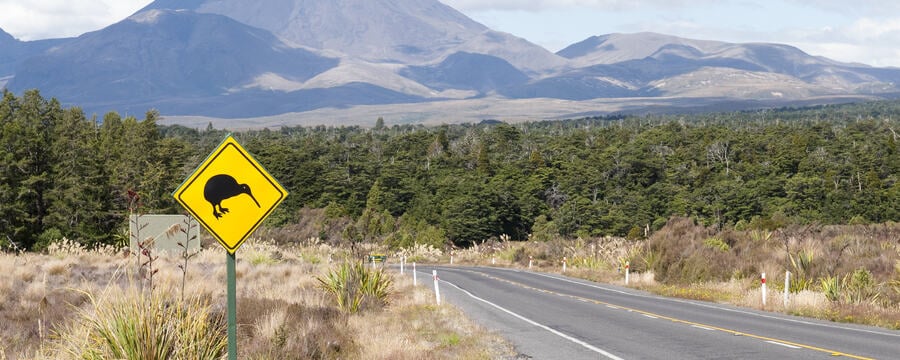Home / Language / Conservation / EAL: English Language for Nature Conservation and Sustainability / ‘100% Pure New Zealand’ – really?
This article is from the free online
EAL: English Language for Nature Conservation and Sustainability


Reach your personal and professional goals
Unlock access to hundreds of expert online courses and degrees from top universities and educators to gain accredited qualifications and professional CV-building certificates.
Join over 18 million learners to launch, switch or build upon your career, all at your own pace, across a wide range of topic areas.



 Figure 2 Hobbiton film set now a tourist attraction (image source: Creative Commons).
Figure 2 Hobbiton film set now a tourist attraction (image source: Creative Commons).
 Figure 3 Fangorn forest location and the Ents (image source: Creative Commons).
Figure 3 Fangorn forest location and the Ents (image source: Creative Commons).
 Figure 4 Mount Ngauruhoe the site of Mount Doom in ‘The Lord of the Rings’ (image source: Creative Commons)
Figure 4 Mount Ngauruhoe the site of Mount Doom in ‘The Lord of the Rings’ (image source: Creative Commons)
 Figure 5 the Lowland longjaw galaxias threated with extinction from habitat loss and agricultural pollution (image source: Wikipedia)
Figure 5 the Lowland longjaw galaxias threated with extinction from habitat loss and agricultural pollution (image source: Wikipedia) Figure 6 The Maui dolphin – less than 50 remain.
Figure 6 The Maui dolphin – less than 50 remain.





